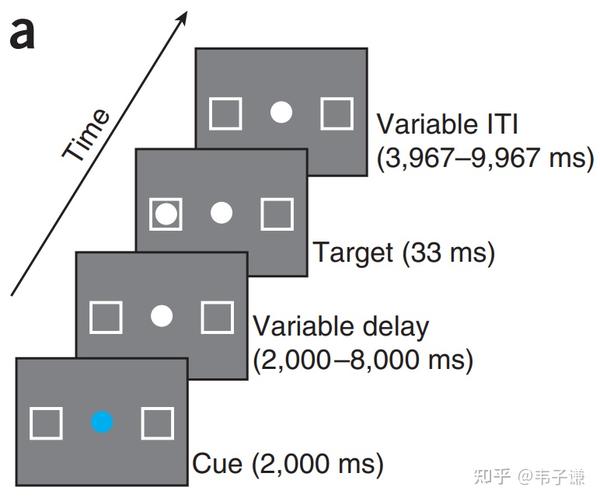
- #Visual task psychopy example code install#
- #Visual task psychopy example code full#
- #Visual task psychopy example code code#
- #Visual task psychopy example code password#
- #Visual task psychopy example code download#
Creating a superuser and adding the rest_framework
#Visual task psychopy example code install#
To build the API we will install and use the Django REST Framework. List_display = ("title", "description", "startTime", "endTime", "completed", "created_on", "updated_on")Ī(Task, TaskAdmin) Registering to confirm the CRUD operation succeeded.as it appears in the IDE.

Now we test that the CRUD operation was successful by registering the task on the admin panel as follows: from ntrib import admin Migrate is responsible for applying and reapplying migrations. Next, we migrate with python manage.py migrate.
#Visual task psychopy example code code#
This is the SQL code that Django has handled for us. Once that is completed, we will find a new file inside the migrations folder as shown below. Any time changes are made to our models, we need to make migrations. This automatically fills this field with the current date and time in which the task was created. We have set created_on field's auto_now_addproperty to true. This will hold the date and time in which the task was started and completed respectively. Note: our startTime and endTime use the DateTime class. The task will have seven properties, a title, a description of the task, a startTime, an endTime, a completed status, and a created on and an updated on column to mark when our task was first created and updated. This model will determine how the task will be stored on the database. DATABASES = Connecting to the SQL server.
#Visual task psychopy example code password#
With your password and host at hand edit settings.py as below. A common issue that gets asked about in the Arctype Discord is resetting the MySQL Password. You can setup MySQL on Digital Ocean or on other hosting providers. In your settings.py file, edit the code below and replace it with the details required to connect to your SQL server. Editing Settings.py to add MySQL to Django Adding the app's name in the list of installed apps. The primary thing we will do is add the app's name in the installed apps, as seen directly below, and then add the MySQL database to Django. Now we want to make some configurations inside the settings.py file. If everything works fine, the screen with the same image below is displayed as the default Django page. We have started our development server at ! So we can now open our browser to access our app using this URL. To do this, we are to change the directory into our project and run the command python manage.py runserver: Getting the project running. Now let's run our app to see if we have successfully installed and our project properly set up. makemigrations are used to create new migrations based on the changes made to the models in a project. Run the command python manage.py makemigrations. First, we need to make migrations to our database. In Django, we use migrations to move changes we make to our models (adding a field, deleting a model, etc.) into our database schema. We can now open the project in our favorite IDE. To do that we use the command python manage.py startapp then the name of the app, which in our case we've named task_management_app. Let's navigate to the taskmanagement folder and create an application. Here, we can name the project however we like, but be sure to be descriptive.
#Visual task psychopy example code full#
The full command should look something like this: django-admin startproject taskmanagement Creating the project We can do this by running the command django-admin startproject followed by the name of the project (in this case, taskmanagement). You can install Django Web Framework with pip and then follow these steps. Then, navigate into the Scripts folder and run the executable file "activate." Activating the environment. Next, activate the virtual environment by navigating to the base directory of our new virtual environment (in our example, it has the name "env"). This helps to make sure that the dependencies of other projects won't be included within the dependencies of our current project, even though they're all on the same local machine. Virtual environments help us avoid installing dependencies globally on our system. Let's create an isolated virtual environment for this project. If Python is installed, we get a response as shown below: Successful Python installation. We can run the command Python -version to check if Python is successfully installed on our system.
#Visual task psychopy example code download#
Then, we can select our OS and download it. A basic understanding of Django 3.0 or newerįirst, let's install Python using this link.

To fully understand this tutorial, you will need the following:


 0 kommentar(er)
0 kommentar(er)
